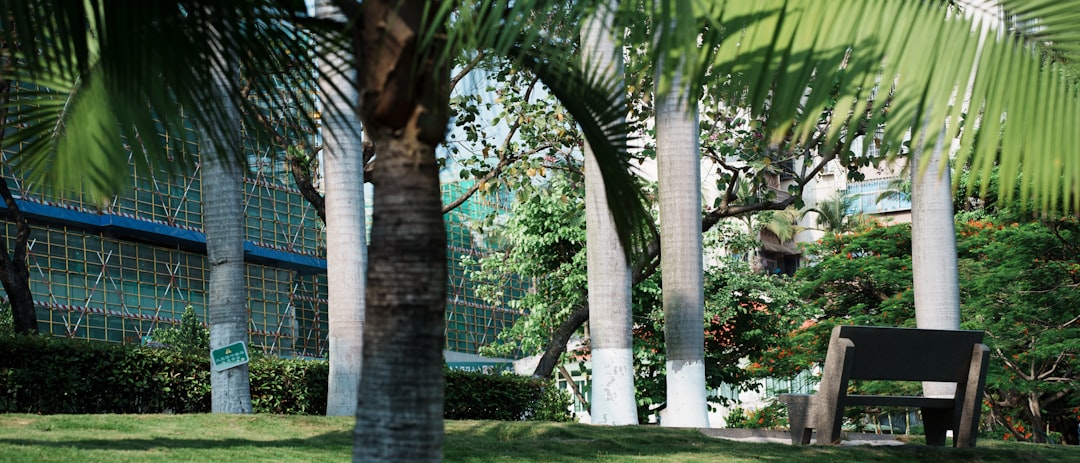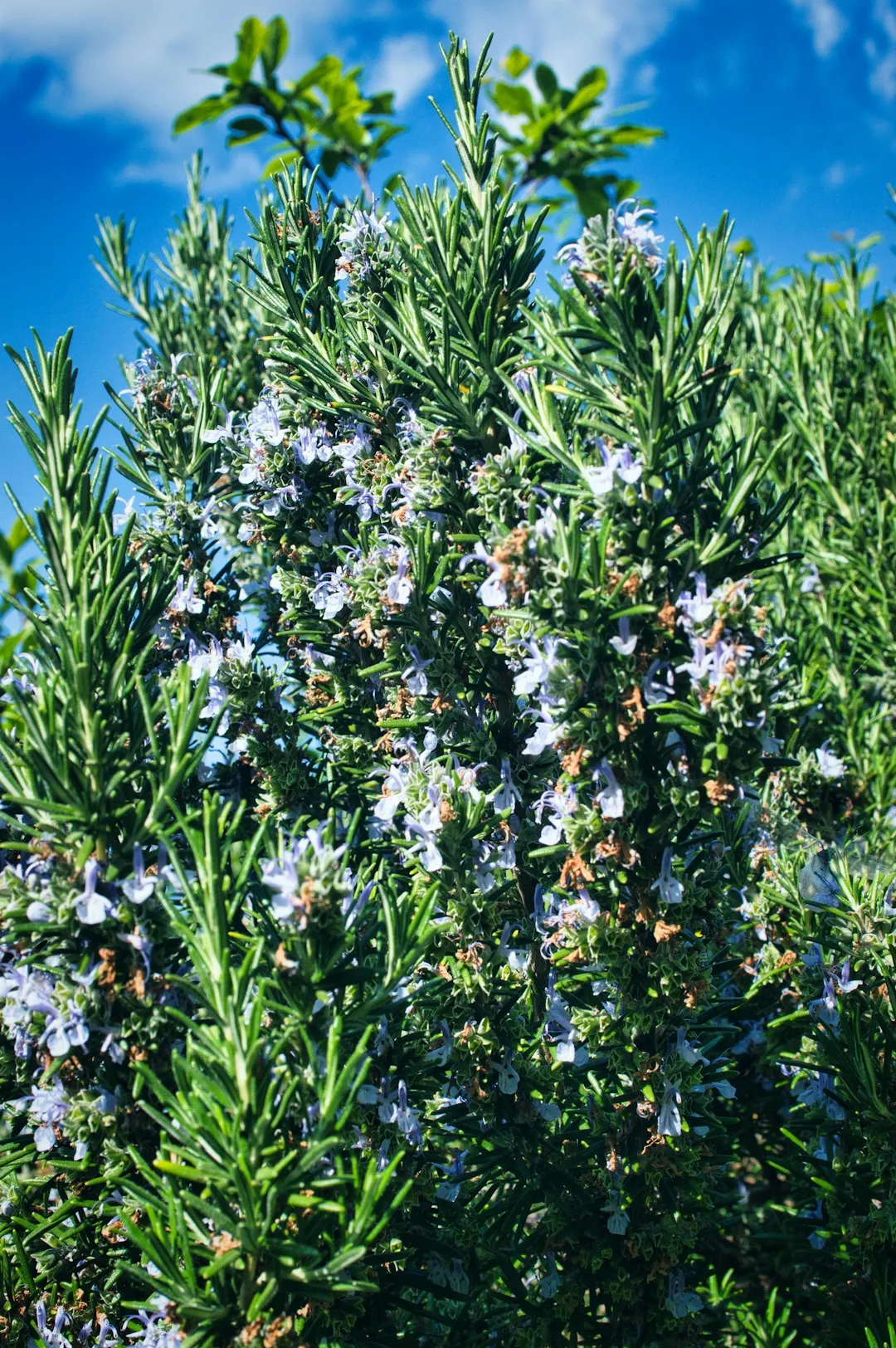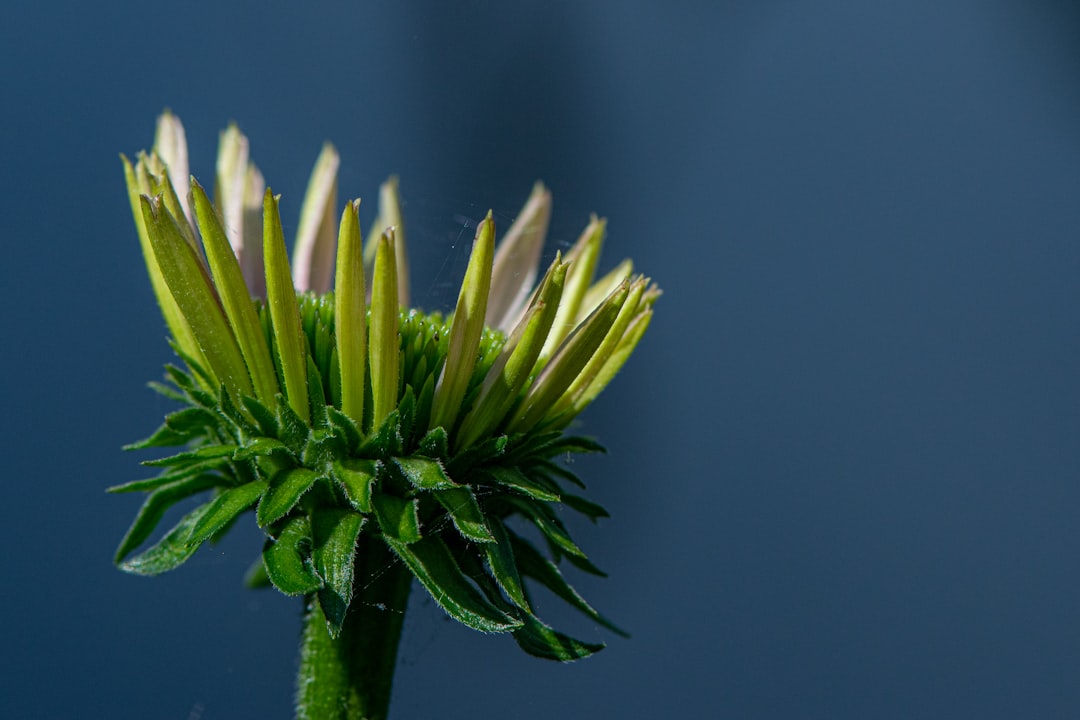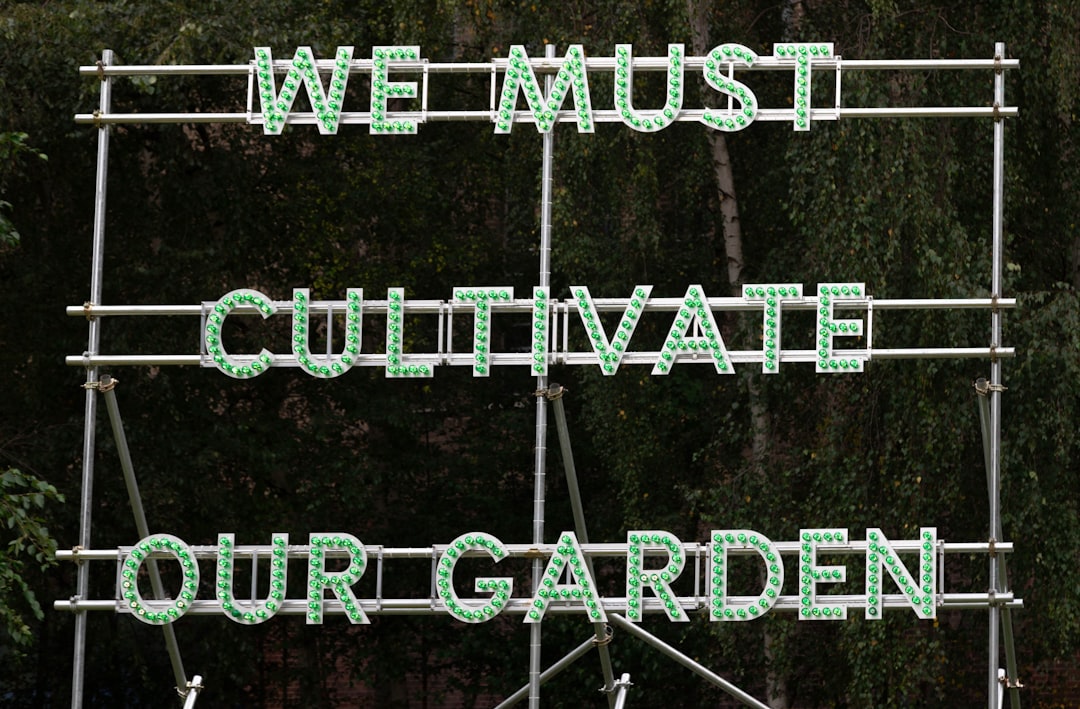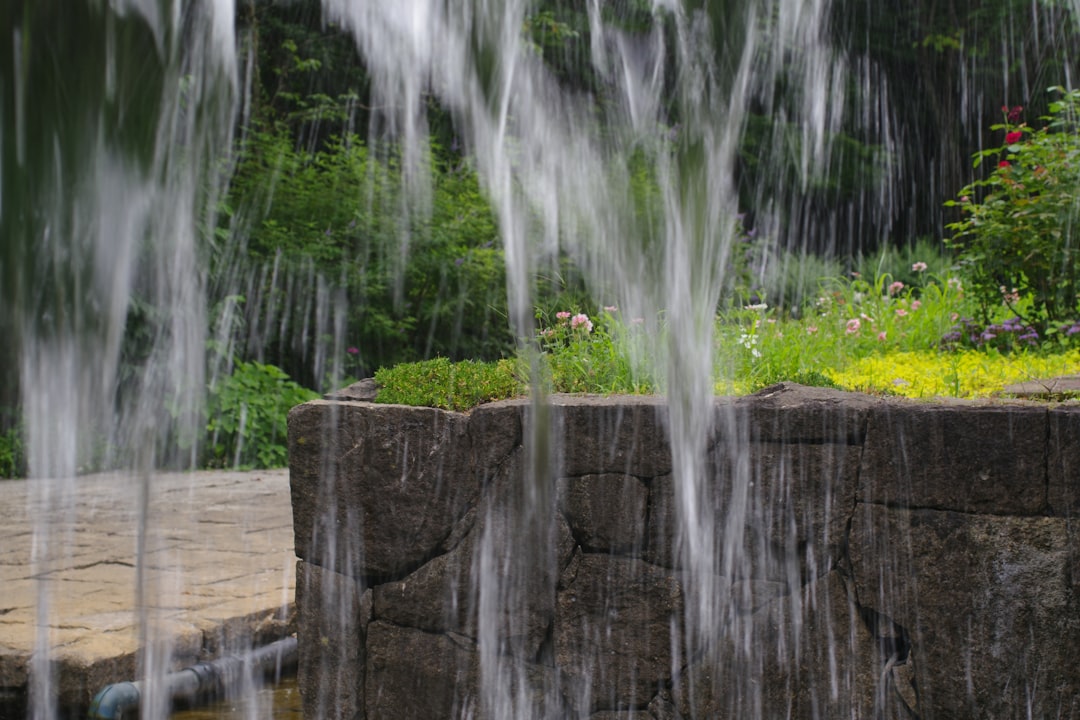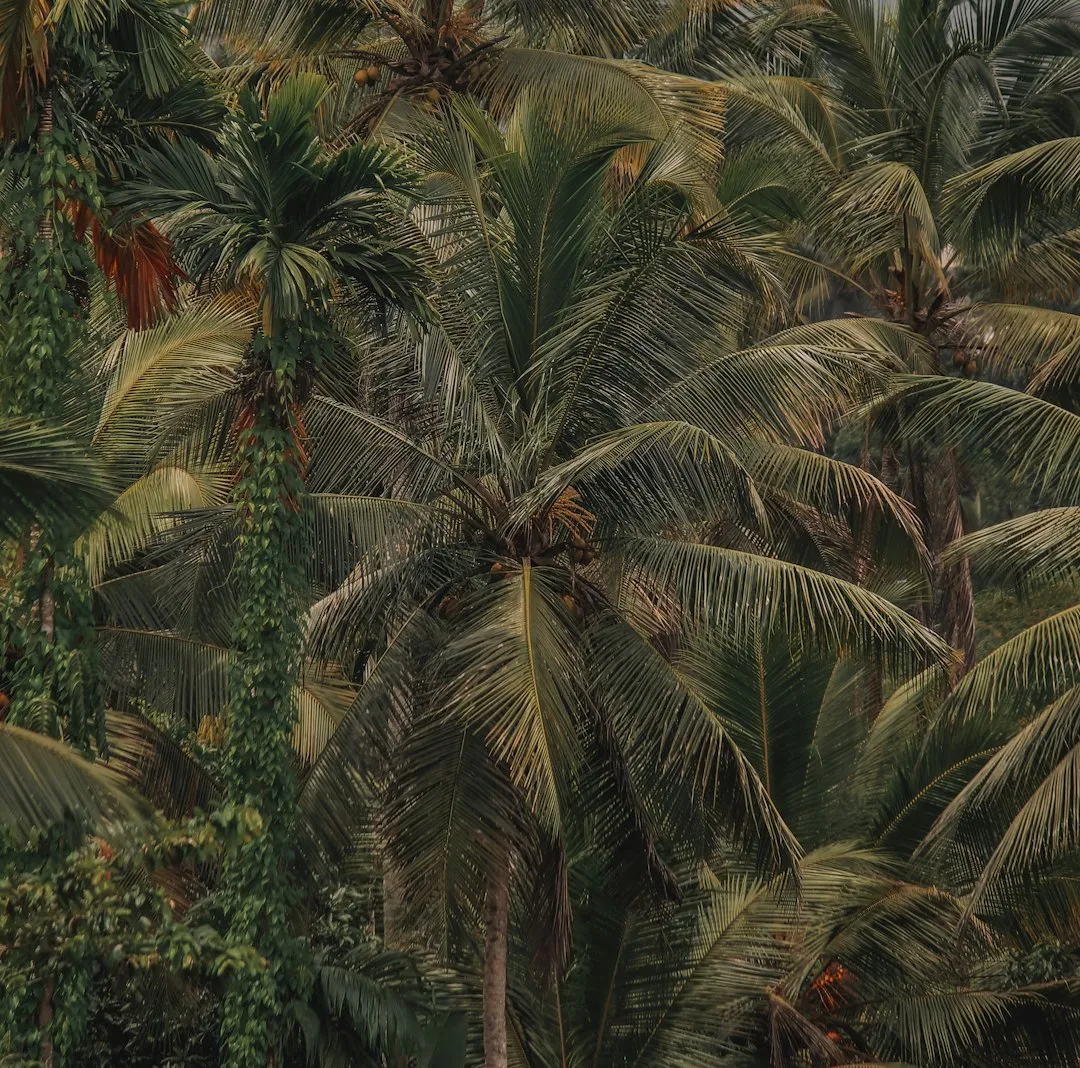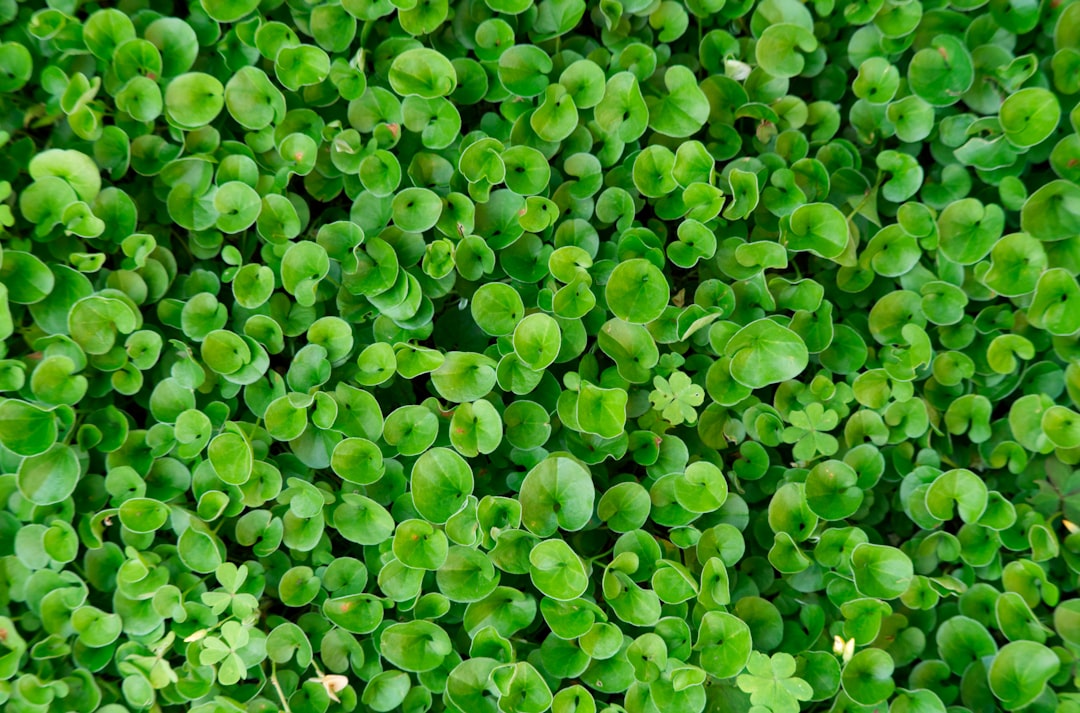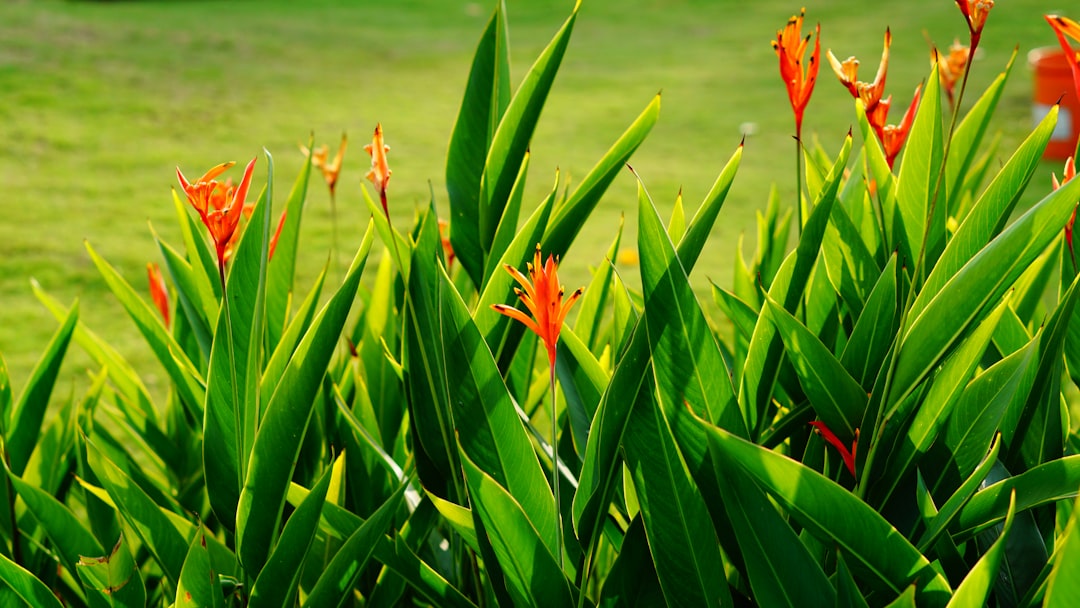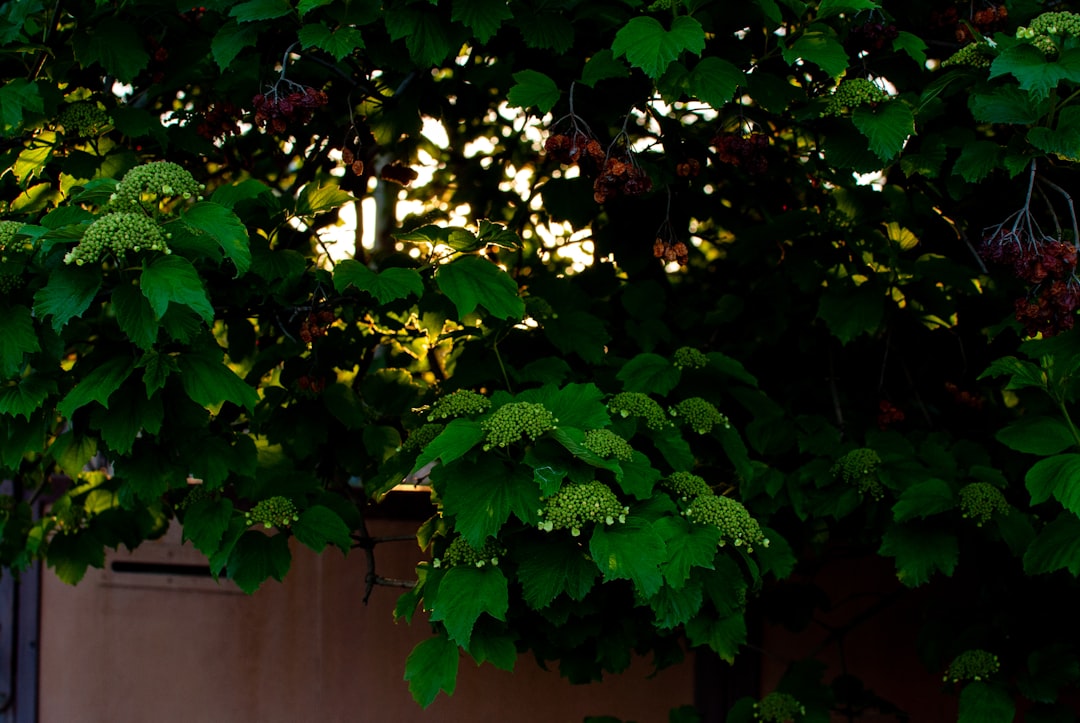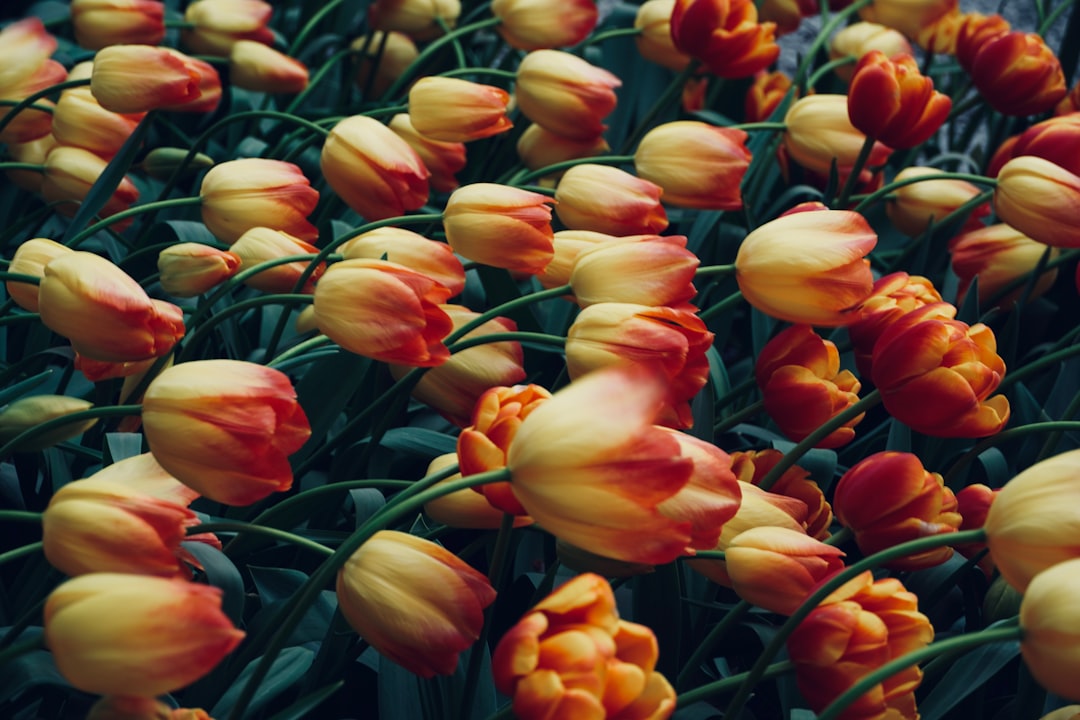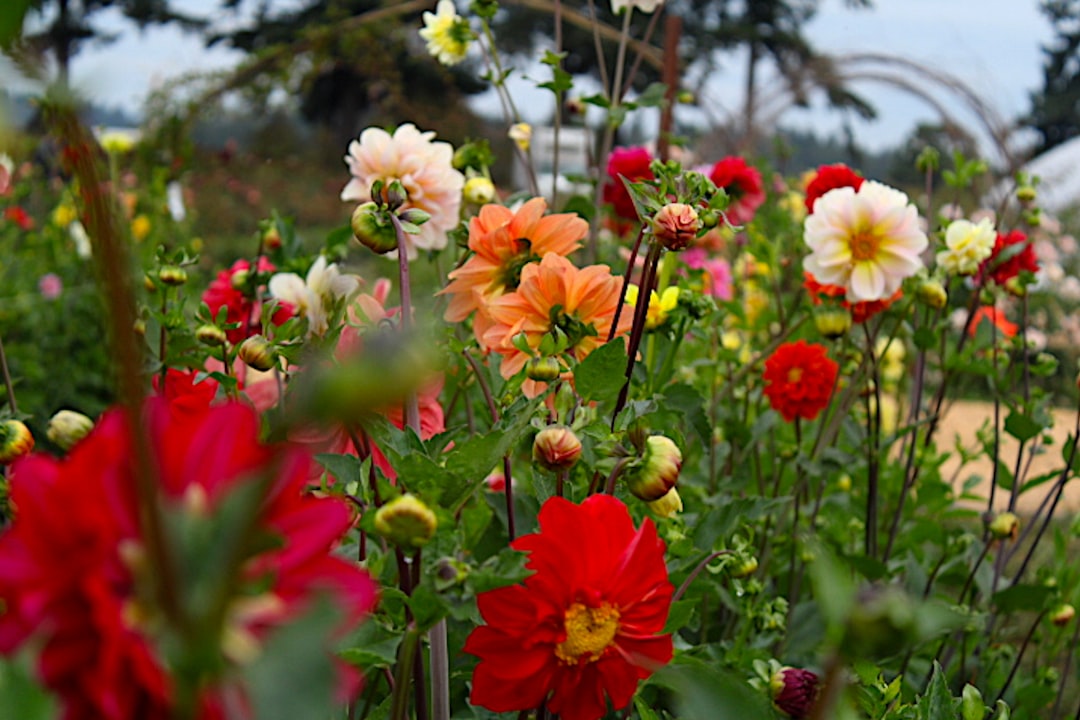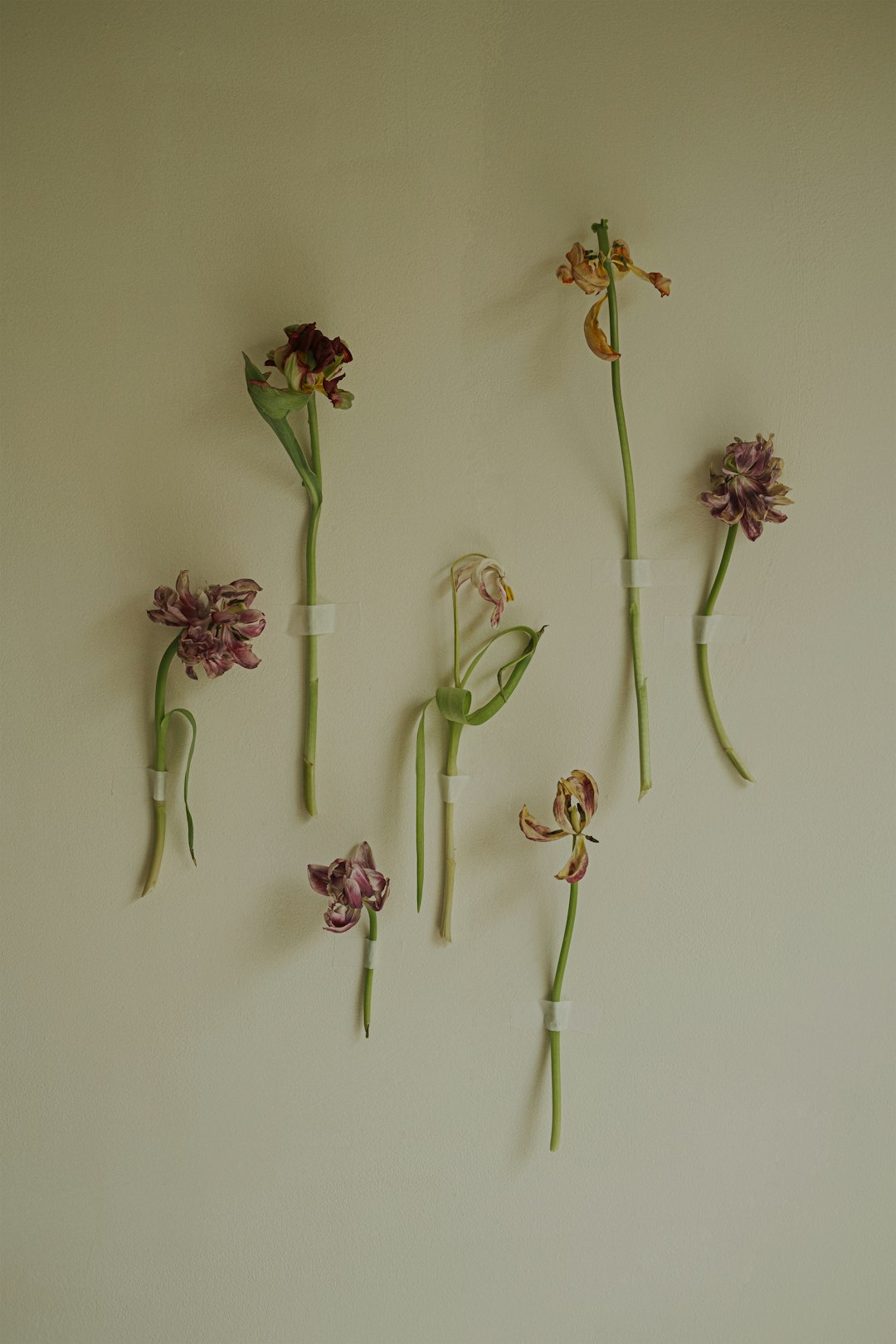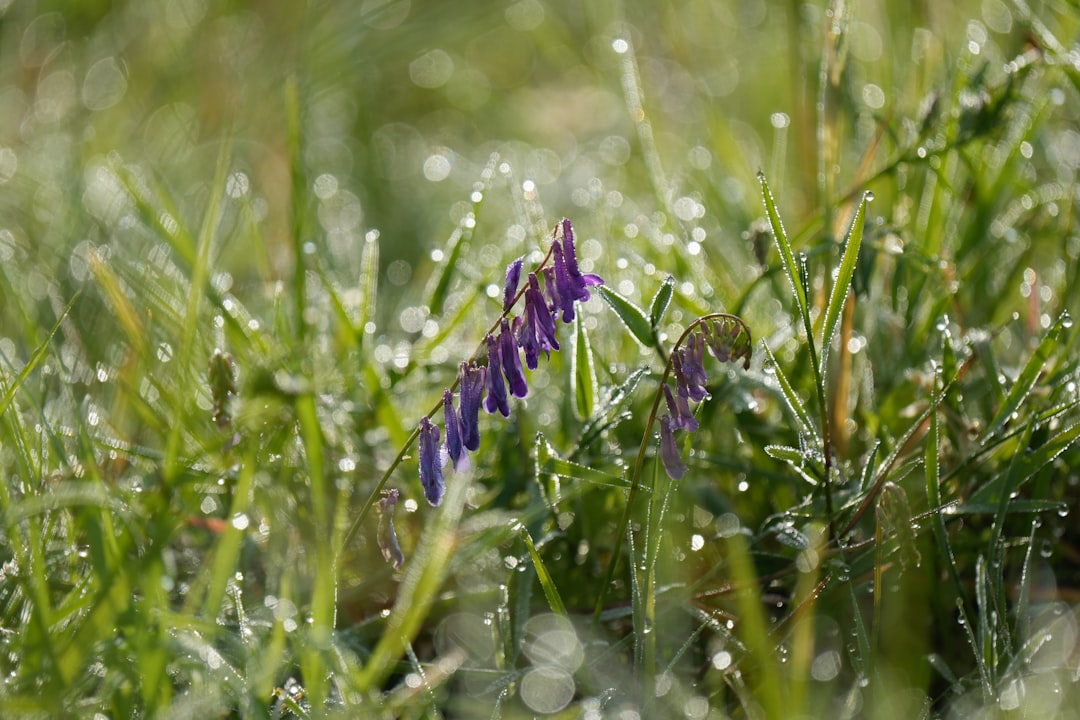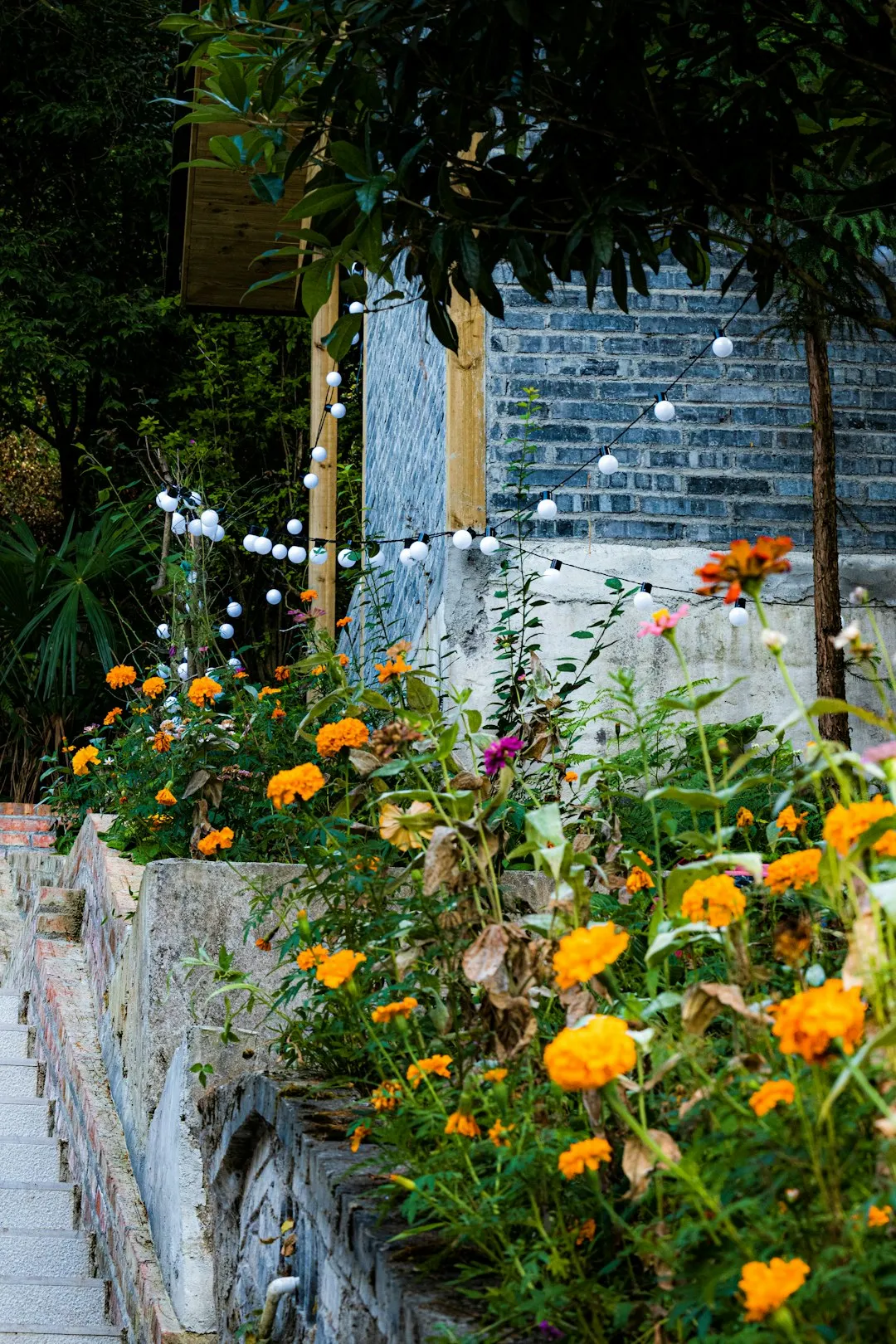Flowers have always held a special place in the hearts of garden enthusiasts. Among the many beautiful blooms and foliage that can grace a garden, lamb’s ear, also known as betony, stands out as a unique and charming addition. In this article, we will delve into the world of growing lamb’s ear in your garden and discover why its silvery foliage makes it a perfect companion for other plants.
Lamb’s ear, scientifically known as Stachys byzantina, is a perennial plant that is native to the Middle East. Its name is derived from the soft, fuzzy leaves that resemble the ears of a lamb. These leaves are covered in fine hairs, giving them a silvery - gray appearance that catches the light and adds a touch of elegance to any garden setting.
One of the first steps in growing lamb’s ear is choosing the right location. This plant thrives in full sun to partial shade. It prefers well - drained soil, as it is susceptible to root rot if the soil is too wet. When selecting a spot in your garden, look for an area that gets at least 6 hours of sunlight a day. If you have heavy clay soil, consider amending it with sand or compost to improve drainage.
Planting lamb’s ear is relatively straightforward. You can start from seeds, but it is often easier to purchase young plants from a nursery. Dig a hole that is slightly larger than the root ball of the plant. Place the plant in the hole, making sure that the top of the root ball is level with the soil surface. Backfill the hole with soil and gently firm it around the plant. Water thoroughly after planting to help the plant establish its roots.
Once established, lamb’s ear is a low - maintenance plant. It is drought - tolerant, which means you don’t have to water it frequently. In fact, over - watering can be more harmful than under - watering. Water only when the top inch of soil is dry. During the growing season, you can fertilize the plant once a month with a balanced, slow - release fertilizer. However, be careful not to over - fertilize, as this can lead to excessive foliage growth at the expense of flower production.
The silvery foliage of lamb’s ear is not only aesthetically pleasing but also serves a practical purpose. It reflects sunlight, which can help keep the soil around the plant cooler. This is especially beneficial in hot summer months. Additionally, the fuzzy texture of the leaves deters many pests, such as slugs and snails, making it a natural pest - resistant plant.
Lamb’s ear also looks great when paired with other plants. Its soft, silvery color provides a beautiful contrast to the bright colors of flowers like roses, dahlias, and petunias. You can plant it in the front of a flower bed as an edging plant or use it as a ground cover. It also works well in rock gardens, where its low - growing habit and unique foliage can add interest and texture.
In the late spring to early summer, lamb’s ear produces tall spikes of small, purple or pink flowers. While the flowers are not as showy as the foliage, they do attract bees and butterflies, adding to the biodiversity of your garden. After the flowers have faded, you can deadhead them to encourage more growth and keep the plant looking tidy.
Propagating lamb’s ear is easy. You can divide the plant in the spring or fall. Simply dig up the plant and separate the clumps into smaller sections. Replant the sections in a new location, making sure to water them well. You can also take stem cuttings in the summer. Cut a 3 - 4 inch section of stem just below a leaf node. Remove the lower leaves and dip the cut end in rooting hormone. Plant the cutting in a pot filled with moist potting soil and keep it in a warm, bright location until roots develop.
In conclusion, growing lamb’s ear in your garden is a rewarding experience. Its unique silvery foliage, low - maintenance nature, and ability to pair well with other plants make it a valuable addition to any garden. Whether you are a seasoned gardener or a beginner, lamb’s ear is a plant that is sure to bring beauty and charm to your outdoor space.
